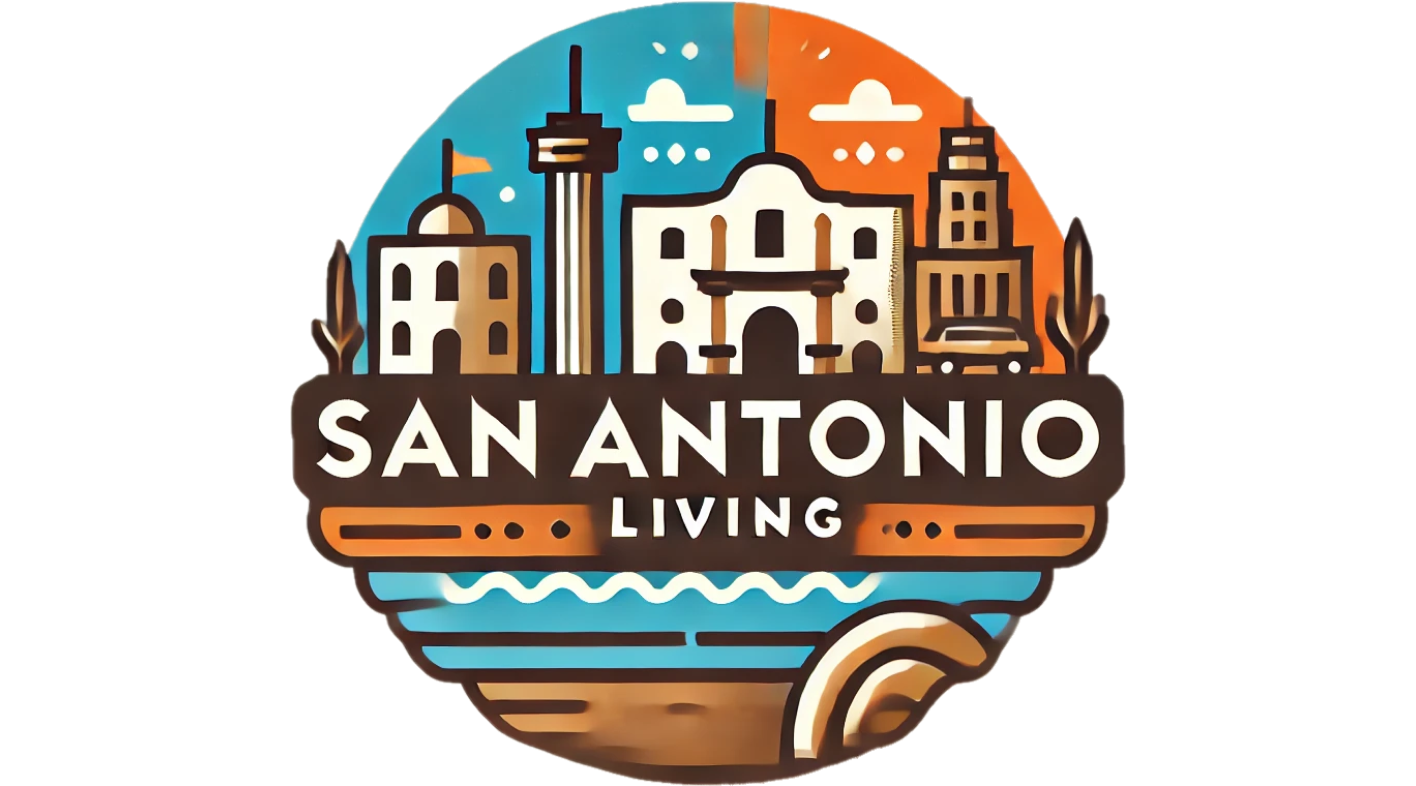
170 Hospitals at Risk: A National Imperative
As climate change reshapes the landscape of natural disasters, a recent investigation has uncovered alarming data on hospital flood risks in the United States. With over 170 hospitals identified as facing significant threats from flooding due to rising storms, the medical infrastructure of our nation hangs in a precarious balance. Efforts to protect these essential facilities have been hindered by policy decisions and outdated information, leaving many increasingly vulnerable.
Understanding the Impacts of Flooding on Hospitals
Flood risks are not confined to coastal regions; many rural and urban hospitals are just as susceptible. The recent findings highlight that hospitals such as Charleston Area Medical Center in West Virginia could face inundation from risky flood conditions, with some facilities predicting up to ten feet of water in extreme scenarios. Such flooding could disrupt power supplies and impede emergency medical services, pushing vulnerable patients into harm’s way. "Even a small amount of flooding can shut down an unprepared hospital, often by interrupting its power supply," warns Dr. Caleb Dresser, an emergency room physician.
Political Decisions Compounding Hospital Vulnerabilities
The grim reality of hospital flooding risks is compounded by systemic issues stemming from the actions and policies of former President Donald Trump. The dismantling of crucial flood management programs, particularly the Federal Flood Risk Management Standard, has left hospitals without necessary protections. Flood-related casualties in history, notably during Hurricane Katrina, reveal the potential for disaster when hospitals face flooding without adequate planning or resources.
Evidence Mounts: Why Many Hospitals Don't Seem Prepared
A significant concern arising from the report is that one-third of the hospitals identified are located in areas outside FEMA's flood hazard zones, raising questions about the accuracy and reliability of existing flood maps. Dr. Alice Hill, a former White House climate adviser, pointedly remarked that "people will die as a result of some of the choices being made today." This statement underscores the imperative for complete and updated flood risk assessments to better inform hospitals of threats they may face.
Bridging the Gap: Ensuring Safety for All
With predictions indicating that flooding in the future could become even more severe with intensified storms, proactive planning becomes crucial. Recommended actions to secure hospital infrastructure include reinstating flood elevation regulations for federal funding eligibility, modernizing FEMA's flood maps, and investing in resilient infrastructure that can adapt to changing environmental conditions. Training and collaborative risk management must bring together healthcare providers, emergency responders, and climate specialists to ensure comprehensive preparedness.
Emphasizing a Community Approach to Wellness
As we reflect on these challenges, the importance of health and wellness in our communities is underscored. Hospital staff are on the frontlines of natural disasters, often directly impacted by the repercussions of flood risks. Communal support and wellness initiatives aiming to improve mental health and overall community resilience can make a difference. Engaging healthcare professionals and community leaders in dialogue can pave the way for necessary changes at both the grassroots and policy levels.
A Call to Action: Protecting Our Healthcare Infrastructure
The vulnerability of hospitals to flooding should act as a rallying point for communities and policymakers alike. The stakes are simply too high. As awareness grows, so must the response. It’s time for citizens to engage with local representatives and advocate for reforms that prioritize the safety and preparedness of our healthcare facilities. If we are to ensure our hospitals can serve and protect our communities effectively, we must protect the protectors.
 Add Element
Add Element  Add Row
Add Row 



Write A Comment